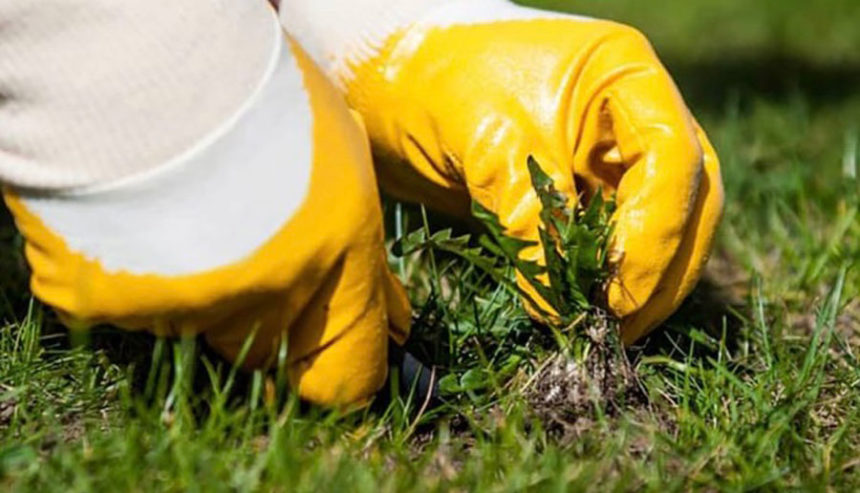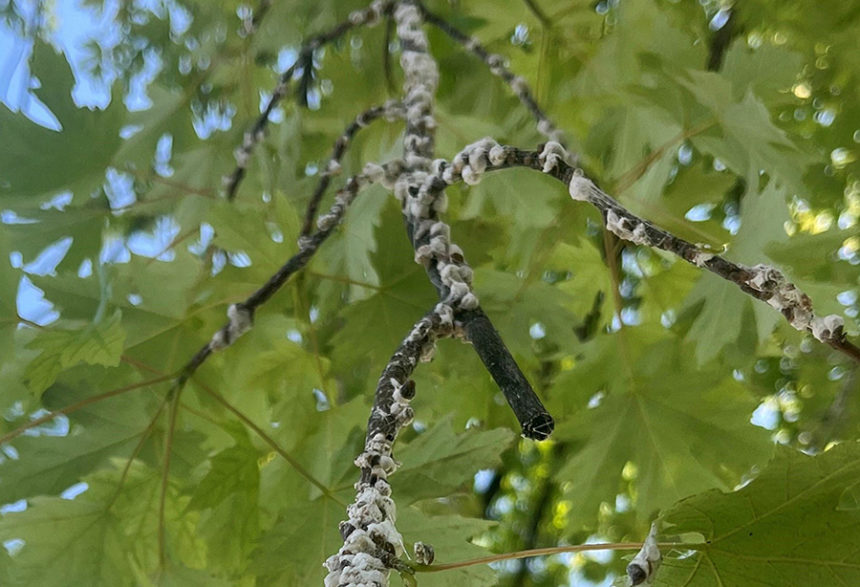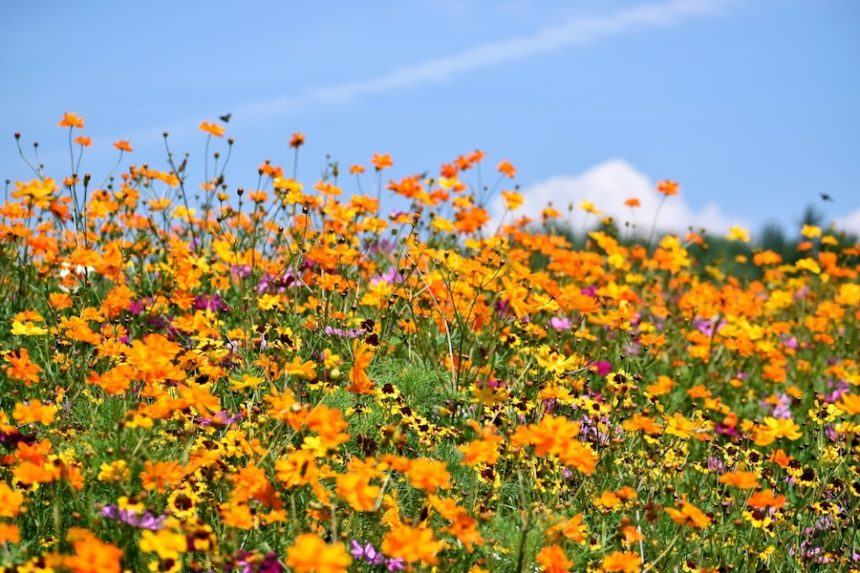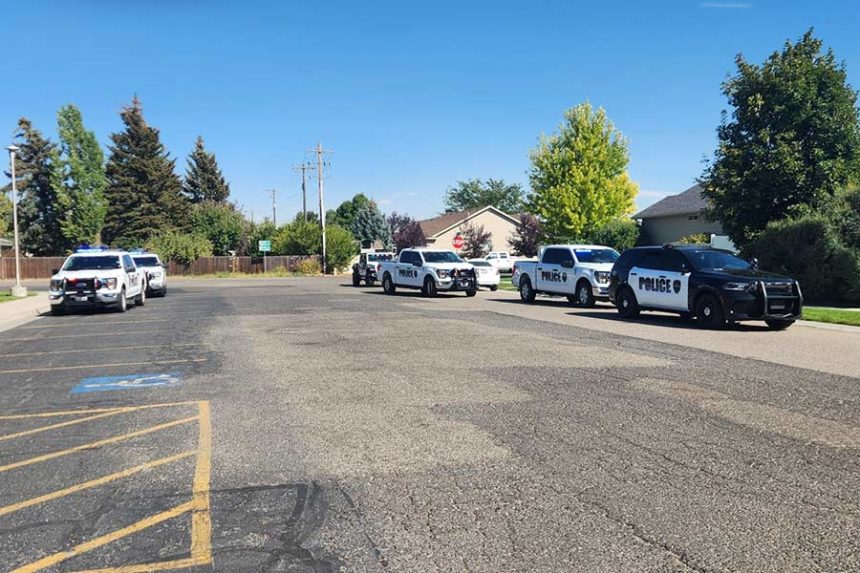By midsummer weeds may be thriving in the garden and landscape. Many common weeds are adapted to hot and dry conditions, typically outcompeting your garden plants if left unchecked. But working outside in 90⁰+ temperatures can be tough! Here are some strategies that reduce weed pressure without exhausting yourself in the process.
Target young weeds early
Weeds are much easier to manage before they flower and set seeds. Removing young plants by hand or garden hoe, reduces your garden plants competition for water and nutrients while also reducing new weed seeds from being added to your soil. This process of culling the seeds before new seeds can be generated over time (several years) reduce the overall seeds in your soil making the management process less cumbersome.
Use mulch to suppress growth
Wood chips, straw, compost, or other types of organic material can be used as mulch on top of your soil. Applying a 2-4 inch layer of mulch can smother weed seedlings that have already begun to sprout, while also helping retain moisture in your soil. Mulch can effectively reduce water requirements and help moderate the root-zone temperature and reduce plant stress from temperature changes. Mulch will gradually work into the soil over time improving the soil structure and nutrient holding capacity in your soil. While mulch is great for the soil do not place mulch up to the base of your plants. Leave a 2-4 inch buffer to ensure your plants do not decompose with the mulch.
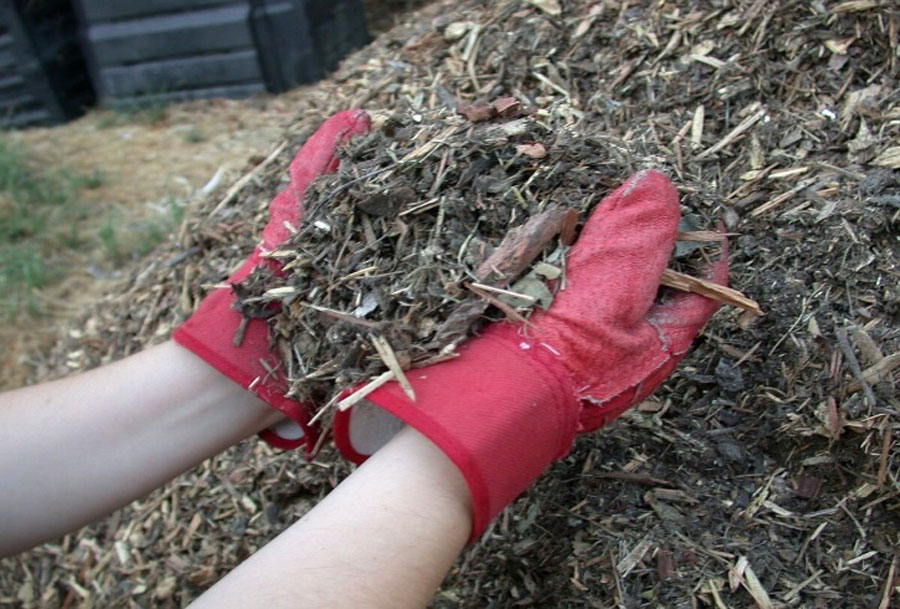
Soil solarization for large areas
Soil solarization involves covering the soil with clear plastic for 4-6 weeks to trap heat and bake the soil. This method kills weed seeds, pathogens and pests. Soil Solarization requires abundant amounts of sunlight, so it works particularly well in open, sunny areas. This is a great method for clearing out a large area for fall planting preparation. The best thing about this weeding method is you get to put the plastic out and leave it without pulling weeds for 4-6 weeks!
Spot watering to minimize weed growth
Drip irrigation or soaker hoses deliver water radially from their emitter zones to a certain point based on your soil characteristics. Overhead watering covers a large area but also spreads the water in areas where desirable plants may not be growing. Spot watering can help minimize the weed growth by putting water directly to the roots around the desirable plants thus depriving weeds and weed seeds from moisture. There will still be weeds but the area they will be able to grow in will be limited because of the location of water. This method also helps conserver water while limiting the number of weeds that will grow in your soil.
Apply herbicides with caution
If herbicide use is required it is recommended to apply them in the early morning or late evening when temperatures are below 85⁰F to reduce volatility and drift. As always when using a herbicide, make sure to follow the product label to ensure non-target plants will not be impacted. Hot conditions for certain herbicides like dicamba and 2,4-D can volatize (turn into a gas) and injure nearby plants even hours after application. Monitoring and selecting the right day based on weather conditions is critical to have effective control of weeds with herbicide applications.
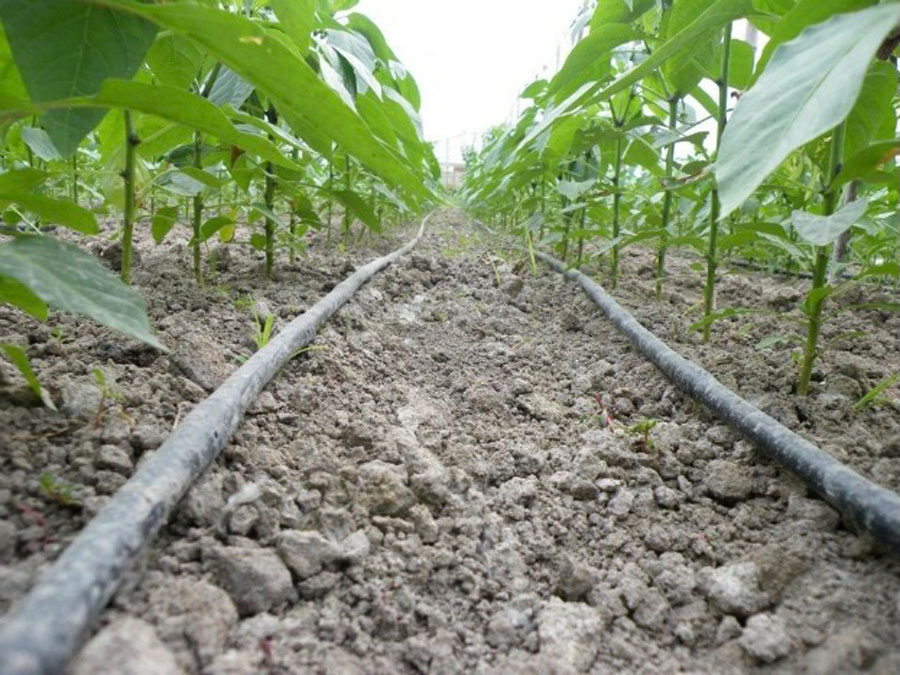
Work smart in hot weather
Avoid working in the garden during the middle part of the day. Plan weeding sessions in the early morning or evening and wear sun protection! This will keep the sun off of you and help you stay cool. If working in sunny spot using a canopy or covering is also a good option on particularly hot days. During hot temperatures heat stress is a real risk so consider breaking up weeding tasks over several days.
Consistency is key
Even a few weeds left to go to seed can produce hundreds of seeds and fuel next year’s problem. A consistent, weed management strategy helps protect your plants, soil and health. Creating a schedule for particular times and days during the week to weed will help reduce the overall weed pressure in your garden and allow your desirable plants to grow better. Reach out to your local extension office if you have questions about weed identification and control methods.
